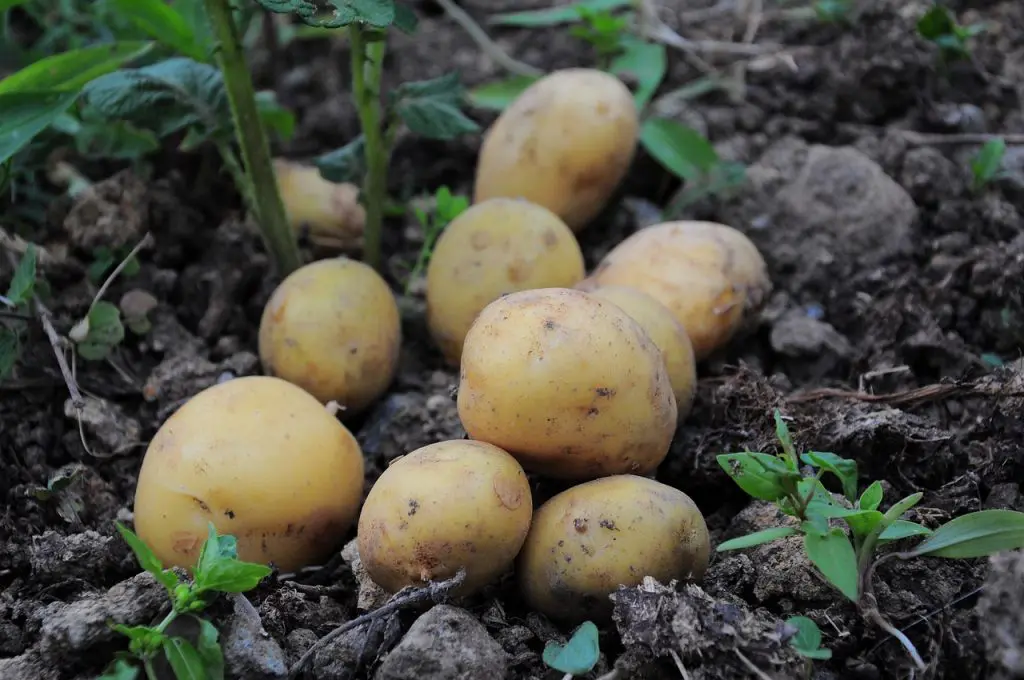
Ireland’s long journey from famine to agricultural innovation is now represented on the global stage. The Irish Agricultural Museum at Johnstown Castle, Co. Wexford, has donated a historical soil testing device to a new permanent exhibition at the UN’s Food and Agriculture Organisation (FAO) headquarters in Rome. This interactive exhibition focuses on global food systems, […]
Ireland’s long journey from famine to agricultural innovation is now represented on the global stage. The Irish Agricultural Museum at Johnstown Castle, Co. Wexford, has donated a historical soil testing device to a new permanent exhibition at the UN’s Food and Agriculture Organisation (FAO) headquarters in Rome.
This interactive exhibition focuses on global food systems, cultural traditions, and sustainable agriculture, making Ireland’s contribution both symbolic and scientifically significant.
The device, now on display, was designed in the 1960s by Johnstown Castle technician Pat Hayes and soil researcher Dr Austin O’Sullivan, who later founded the Irish Agricultural Museum. Made of steel and used to collect uniform soil samples, this tool became widely adopted across Ireland during a critical period of agricultural reform.
It reflects a pivotal time when the Irish State began prioritising soil science to reverse decades of soil degradation and poor crop yields caused by overuse and a lack of rotation following the 19th-century famines.
While the donated soil testing device represents Ireland’s local history, it also highlights a critical global issue: the decline in soil health worldwide. According to the FAO, an estimated 33% of the Earth’s soils are already degraded due to erosion, nutrient depletion, and unsustainable land use. Tools like the one developed in Ireland serve as a reminder that basic, accessible technologies can play a vital role in monitoring and protecting soil, especially in developing regions where high-tech solutions may not be viable.
This reinforces the global value of simple, replicable innovations in sustainable agriculture.
Healthy soil doesn’t just grow better crops. It also plays a key role in climate change mitigation. Soils are one of the world’s largest carbon sinks, capable of storing more carbon than the atmosphere and all vegetation combined. Ireland’s early commitment to soil science through institutions like Johnstown Castle positioned it ahead of the curve in understanding soil’s environmental role.
The FAO exhibition provides a fitting platform to highlight how historic innovations in soil testing can support modern efforts to combat climate change through regenerative agriculture and carbon sequestration strategies.
In 1945, the FitzGerald family handed over Johnstown Castle to the Irish State. Shortly after, the National Soils Laboratory was established on the site. From the 1940s onwards, this facility led the effort to map and test soils across Ireland.
By the 1960s, researchers were using tools like the donated device to collect soil samples from farms nationwide. These free tests provided farmers with valuable insights into soil health, nutrient levels, and land management, laying the groundwork for Ireland’s transformation into a leading agri-food exporter.
The inclusion of the Irish Agricultural Museum in this international collaboration also illustrates the evolving role of museums in sustainability and public education. Far beyond preserving artefacts, institutions like the one at Johnstown Castle are increasingly engaged in:
Interpreting science for the public
Fostering awareness of environmental challenges
Connecting heritage to contemporary policy discussions
By placing this device on the world stage, the museum affirms its role as a custodian not just of history, but of future-facing knowledge.
“This soil testing device stands as a symbol of Ireland’s scientific innovation and its commitment to sustainable farming,” said Matt Wheeler, manager and curator at the Irish Agricultural Museum. “It tells the story of Ireland’s journey from famine to scientific innovation in agriculture. In addition, it represents the vital role soil plays in sustaining farming and food production for communities worldwide.”
He added, “For us in Johnstown Castle, it is an honour to see Ireland’s agricultural heritage represented on such an international stage. We are grateful to the Department of Agriculture, Food and the Marine for its support and for approaching our museum about this important donation.”
The legacy of soil science at Johnstown Castle continues today through Teagasc, Ireland’s Agriculture and Food Development Authority. Healthy soils remain central to Ireland’s sustainability goals and are foundational to its reputation for high-quality, environmentally responsible food production.
Ireland’s donation of this historical soil testing device to the UN FAO in Rome highlights the country’s scientific contributions to global agriculture. From its roots in post-famine recovery to modern innovations in soil science, this artefact serves as a lasting symbol of how targeted research, public investment, and community engagement can transform national agriculture.
As the world continues to seek sustainable solutions for food production and land use, Ireland’s experience, grounded in resilience and research, offers valuable lessons on the importance of understanding and caring for the soil beneath our feet.
At All-Ireland Sustainability, we’re committed to building a greener, fairer island, together. Stay informed on the latest environmental initiatives, community action, and policy developments shaping sustainability across Ireland, North and South.
👉 Sign up for our newsletter today and be the first to hear about upcoming events, expert insights, and ways to get involved.
Whether you’re a seasoned advocate or just starting your journey, new members are always welcome.
Subscribe now and be part of the All-Ireland Sustainability Membership.